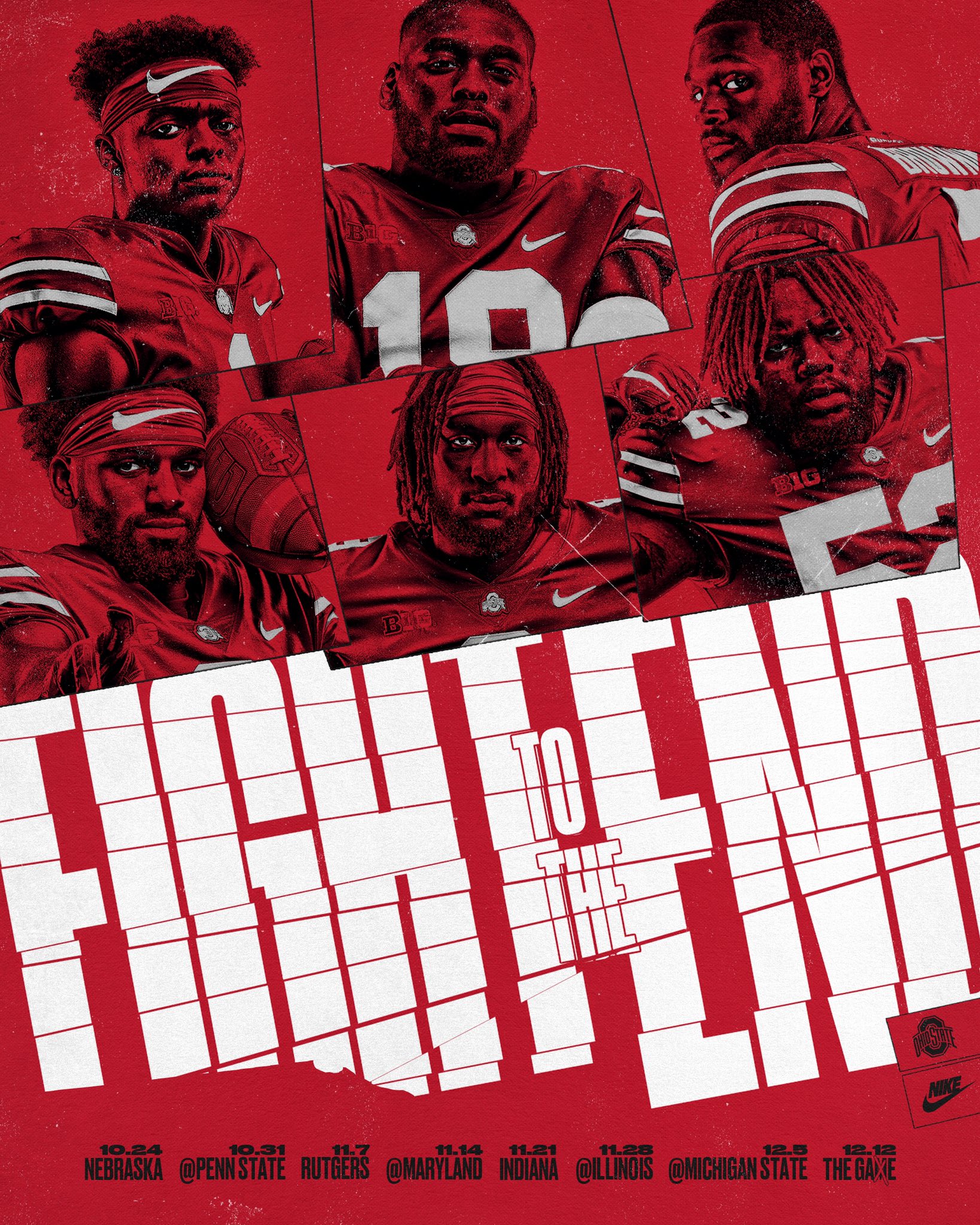One of Alvarez' teammates on the Task Force made a favorable impression, too.
"Jim Borchers was a rock star," he said. "If I had to pick one person who had the most to do with this whole thing, it would be him. He jumped in with both feet. He tied a lot of things together with the heart disease and the protocols that were necessary for the chancellors and presidents to see.
"I'm sure he'd be the first to give credit to other people. But he spearheaded and presented it to everyone. We owe him a debt of gratitude. He's been on every one of these meetings, every one of these Zoom calls. He's the one who answered a lot of the questions. He's been unbelievable."
Unbeknownst to Alvarez, he had crossed paths before with Borchers.
In 1992, Alvarez's third season as Wisconsin's head coach, the Badgers upset No. 12 Ohio State at Camp Randall Stadium for the first milestone victory of the Alvarez era. ESPN's Kirk Herbstreit was the Buckeyes quarterback. Their long snapper, wearing jersey No. 50, was Borchers, a walk-on. Small world.
During the BTN telecast, Borchers outlined some of the protocols, not the least of which was a cardiac testing component and requiring players to sit out 21 days after testing positive for COVID-19. That entails a two-week quarantine from their team plus a seven-day transition back to football.
"The strategy, to be honest, is one where we're trying to rapidly identify anyone that may have the virus and immediately remove them from their population, whether that be practice or competition," said Borchers, who co-chaired the medical subcommittee with Barbour.
"It's similar to what you've heard from the PAC-12 with the use of rapid antigen testing. Those tests and their ability to detect those folks who are positive and using confirmatory PCR testing rather than just using PCR testing, which may require a long turnaround time — in some places, maybe 24 hours or longer — we believe gives us a great advantage.
"Just like everything in medicine, it's not like we invented this. But we investigated it and feel very comfortable with that approach moving forward. We know that if we can test daily with rapid testing in these small populations of teams, we're very likely to reduce infectiousness inside practice and game competitions to near 100 percent.
"We can never say 100 percent. But we feel very confident with that approach that we'll be able to make our practice and competition environments as risk fee as we possibly can with this testing approach and that approach across all of our 14 institutions."




